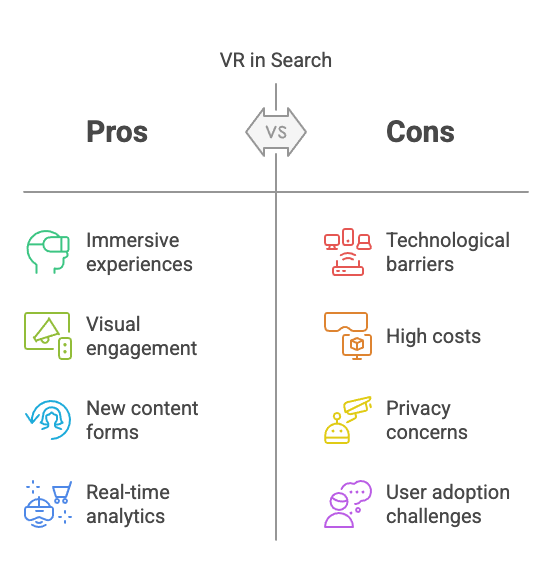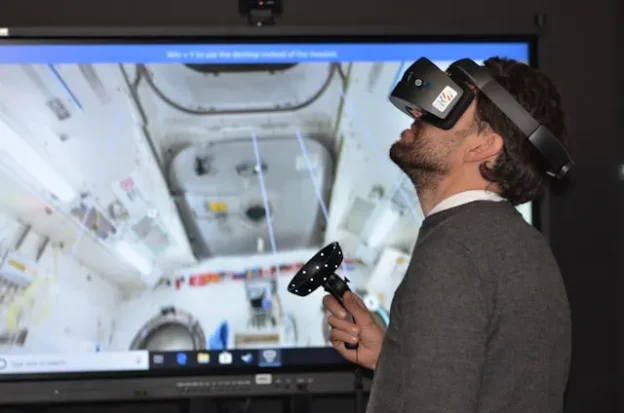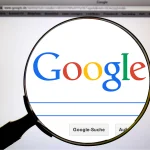Right now, the thing that everyone’s buzzing about is semantic search. Search engines, we’re told, are getting smarter – better at providing us with precisely what we’re looking for. The prevailing slogan of this shift, trumpeted by the likes of Google, is “things, not strings.”
It’s pretty easy to see where all this stuff came from, too. Smartphones and tablets have become more or less ubiquitous in modern society.
With their spread, we’ve seen an increased focus on conversational search – on people asking questions of their devices rather than keying in a few search terms.
Social media changed user expectations. It created the idea that our needs are important. It also made us expect our demands to be met conveniently. Because of this, the change was necessary.
Virtual Reality!
Some of you are probably wondering why I’m telling you all of this. After all, we’re here to talk about virtual reality, aren’t we? We’re here to discuss how VR could change search.
Bear with me – I’m going somewhere with this.
I think the technologies of semantic search are key. How they created it is important. We can use this to guess what might happen. This is as virtual reality becomes more common. It will be widely accepted as the next way we consume information. Because really, if you think about it…everything’s sort of leading to VR in one way or another.

I should probably explain that thought a bit better, shouldn’t I?
Right. Here’s the thing – modern technology is designed to be as intuitive and easy to use as possible. Mice and keyboards have given way to touch-screens and voice commands. Large desktops have given way to computing devices that can fit in one’s pocket.
Eventually, that stuff’s all going to give way to augmented reality. Touchscreens are going to be replaced by gestures. Voice commands are going to be the norm. The way we consume and approach information will undergo yet one more fundamental shift; greater than any before it.
That change is coming sooner than you’d think, too – enterprises are already hard at work testing the underlying hardware behind augmented reality.
First, augmented reality will become common. Then comes virtual reality. Instead of adding information to our world, we’ll make our world the information. We’ll be able to see the search process. We’ll also visualize the results.
I expect that this will further emphasize entities over keywords
it will be the final ‘nail in the coffin’ for many traditional SEO techniques, as it were. It’ll also be something else, though: the birth of an entirely new type of content and new marketing paradigms that fit with it.
Search – and marketing- will both be more visual than ever; rich snippets could give way to fully-interactive ‘digital billboards.’ And behind those billboards?
An online experience like nothing ever seen before – with the ability to actually look at how your customers are engaging with your content rather than reading analytics on a screen.
“A brand could design a holistic virtual shopping experience where a consumer could meet up with others within the same virtual store for a private shopping trip with real commerce taking place,” writes Search Engine Watch’s Dan Cristo. “This is the likely future of e-commerce.”
“VR content extends beyond shopping,” he continues. “Think of how many hair tutorials the average shampoo brand uploads to YouTube.
All those tutorials can now be 3-D virtual experiences where the consumer stands behind the virtual shoulder of a professional beautician in their LA salon as they style a favorite celebrity.
Or the consumer can join a makeup artist on the set of a new movie as they prep a star for their next scene.”
All of this stuff is purely speculative, of course. There’s really no telling what the future may hold for search. Still, it’s exciting to stop and wonder every now and then, isn’t it?




